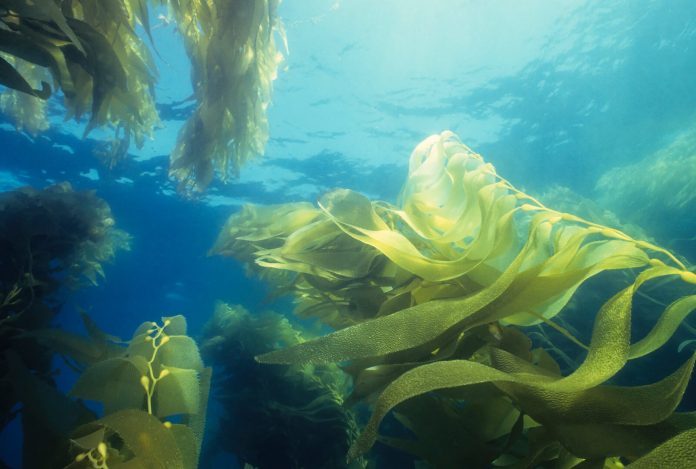The use of biomass to produce biofuels and other resources is on its way to becoming one of the fundamental strategies for a more sustainable economy. And here, the oceans have a lot to say. While Spanish chef Ángel León recently announced his project for a “sea cereal” with the potential to transform the human diet, other initiatives are also leveraging algae for biofuel production.
Most biofuels have so far relied on conventional agricultural production. The problem with this strategy is that it often affects the availability of grains and vegetables for food purposes. An example of this is the so-called “tortilla crisis” in Mexico when the price of corn skyrocketed as the crops were diverted to ethanol and biodiesel production. On the other hand, algae grow spontaneously in the seas and do not require fertilizers or complex cultivation processes.
Now researchers at the USC Wrigley Institute for Environmental Studies have turned their attention to giant kelp, also known as Macrocystis pyrifera, as a source for biofuels. The results of their study have been reported in the scientific journal Renewable and Sustainable Energy Reviews.
An underwater elevator
Kelp is one of the fastest-growing algae, but its large-scale cultivation has some drawbacks. On the one hand, it needs sunlight, limiting its growth areas to depths of 60 feet. On the other hand, it requires a nutrient-rich substrate, which is much more common at greater depths. Scientists at the Wrigley Institute evaluated the possibilities of combining both elements. They developed a new system. The frame, made of fiberglass tubes and stainless steel cables, can be maintained at different heights underwater. It keeps the algae close to the surface during the day to maximize light. At night, the platform is lowered and remains in contact with the seafloor at great depth. There, the algae take advantage of the nutrients on the bottom.
First successful tests
Scientists have been conducting tests since 2019. The experiment began by collecting wild algae and attaching it to the platform. Over 100 days, the structure ascended daily to provide more light for the algae. The algae then returned to the seafloor at a depth of about 260 feet. There, the culture absorbed the settled nitrates and phosphates. In addition, they checked aspects such as temperature and the state of the water. Then they compared it with the growth of wild algae. According to the researchers, the results were positive: the biomass production of these algae increased fourfold. Factors such as increased water pressure do not affect algae growth.
Other applications of algae
The applications of algae are practically infinite. Thus, along with their use as food or biofuel, other options are also being explored. For example, ceramic tiles using an algae-based aerogel to clean rainwater falling on buildings. Or the use of microalgae from wastewater as feed in aquaculture. Or even algae as a raw material to produce bioplastic bags.
In short, if the oceans are the origin of life, it is not surprising that we turn our gaze towards them at a time of growing environmental challenges such as climate change.
Source: Science Daily




